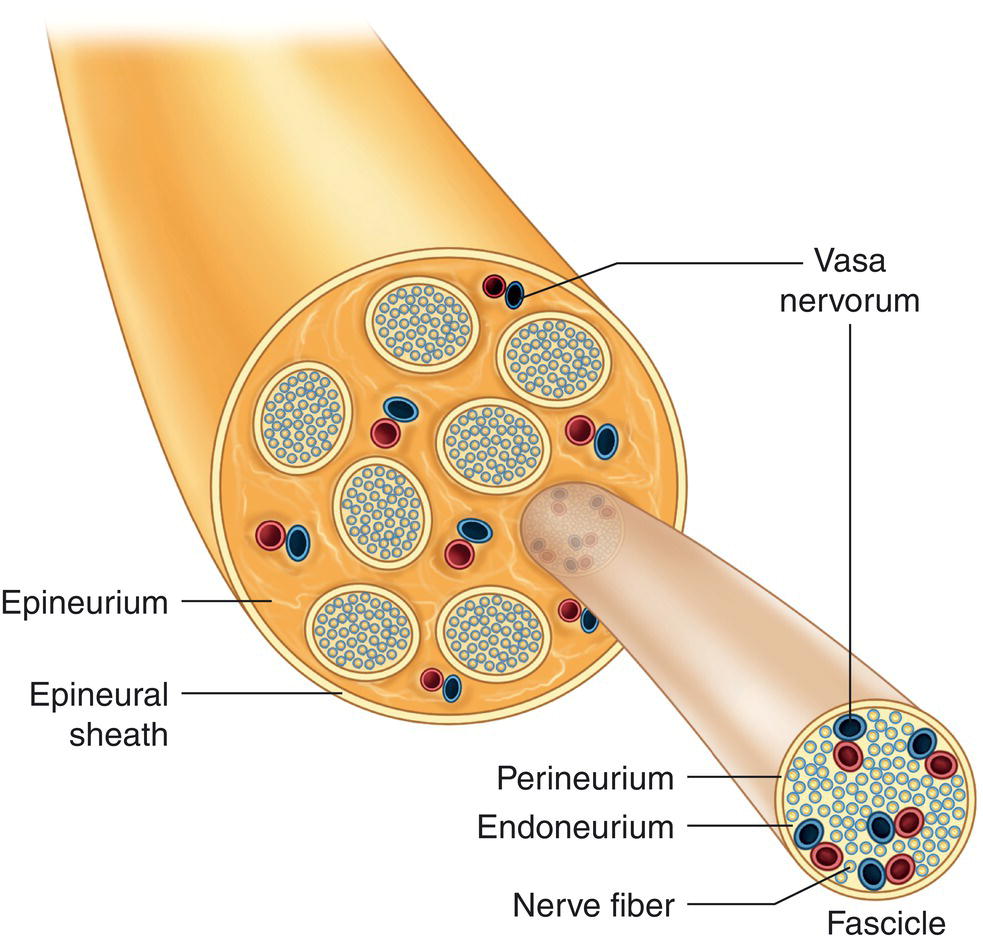Local anesthesia adjuncts are pharmacological agents used to enhance the efficacy of local anesthetics. They help prolong anesthetic duration, improve analgesia, reduce systemic toxicity, and minimize the required anesthetic dose. Understanding their mechanisms and clinical applications is essential for optimizing patient outcomes in various medical and dental procedures.

Mechanisms of Local Anesthesia Adjuncts
Adjuncts improve anesthesia through several mechanisms:
- Vasoconstriction: Reducing blood flow to slow anesthetic absorption.
- Sodium Channel Modulation: Enhancing nerve blockade.
- Anti-inflammatory Effects: Decreasing pain and postoperative inflammation.
- NMDA Receptor Antagonism: Reducing central sensitization and chronic pain risk.
Types of Local Anesthesia Adjuncts
1. Vasoconstrictors
Epinephrine
- Most commonly used adjunct.
- Prolongs anesthetic duration by reducing systemic absorption.
- Decreases bleeding in surgical fields.
- Considerations: Can cause tachycardia and hypertension in high doses.
Phenylephrine
- Alternative vasoconstrictor with fewer cardiac side effects.
- Mainly used in ophthalmic and nasal anesthesia.
2. Alpha-2 Adrenergic Agonists
Clonidine
- Extends the duration of local anesthesia by inhibiting nociceptive transmission.
- Provides mild sedation and analgesia.
- Use Cases: Regional anesthesia, epidurals, and peripheral nerve blocks.
Dexmedetomidine
- More selective than clonidine, with enhanced sedative properties.
- Reduces opioid requirements in postoperative pain management.
3. Opioids
Fentanyl and Morphine
- Potent analgesics that enhance local anesthetic efficacy in neuraxial and regional anesthesia.
- Act on opioid receptors to modulate pain.
- Side Effects: Respiratory depression, pruritus, and nausea.
4. NMDA Receptor Antagonists
Ketamine
- Prevents central sensitization and chronic pain development.
- Used in epidural and regional blocks.
- Advantages: Provides analgesia without respiratory depression.
5. Steroids
Dexamethasone
- Prolongs the effects of nerve blocks and reduces inflammation.
- Enhances postoperative pain relief.
- Potential Concerns: May delay wound healing.
6. Alkalinizing Agents
Sodium Bicarbonate
- Increases the pH of local anesthetics, leading to faster onset.
- Reduces the pain associated with injection.
7. Magnesium Sulfate
- Blocks calcium channels, enhancing the effects of nerve blocks.
- Reduces opioid consumption in postoperative pain.
Clinical Applications
1. Dental Anesthesia
- Epinephrine is commonly used with lidocaine for prolonged pulpal anesthesia.
- Clonidine adjuncts improve anesthetic depth in nerve blocks.
2. Peripheral Nerve Blocks
- Dexamethasone extends analgesia in brachial plexus blocks.
- Ketamine prevents hyperalgesia in long-duration surgeries.
3. Epidural and Spinal Anesthesia
- Opioids like fentanyl enhance pain relief in labor and post-surgical care.
- Magnesium sulfate is used for neuropathic pain reduction.
4. Ophthalmic and Nasal Surgery
- Phenylephrine and epinephrine reduce bleeding and improve surgical visibility.
- Alkalinization accelerates the onset of anesthesia for delicate procedures.
Advantages and Considerations
| Adjunct | Key Benefits | Potential Risks |
|---|---|---|
| Epinephrine | Prolongs duration, reduces bleeding | Cardiovascular effects |
| Clonidine | Extends nerve blocks, provides sedation | Hypotension, bradycardia |
| Dexmedetomidine | Stronger sedation, reduces opioid use | Hypotension, dry mouth |
| Fentanyl | Enhances neuraxial anesthesia | Respiratory depression |
| Ketamine | Prevents hyperalgesia, reduces opioid need | Hallucinations, nausea |
| Dexamethasone | Prolongs analgesia, reduces inflammation | Impaired wound healing |
| Sodium Bicarbonate | Faster onset, reduces injection pain | Limited effect in some cases |
Future Directions and Research
- Personalized Anesthetic Approaches: Tailoring adjunct selection based on genetic and patient-specific factors.
- Nanotechnology in Drug Delivery: Enhancing local anesthetic efficacy with sustained-release formulations.
- Combination Therapy Studies: Evaluating synergistic effects of adjunct mixtures for prolonged pain relief.
Local anesthesia adjuncts play a vital role in enhancing anesthetic efficacy, prolonging pain relief, and improving patient comfort. By selecting the appropriate adjunct based on clinical indications, practitioners can optimize anesthesia outcomes while minimizing risks.

